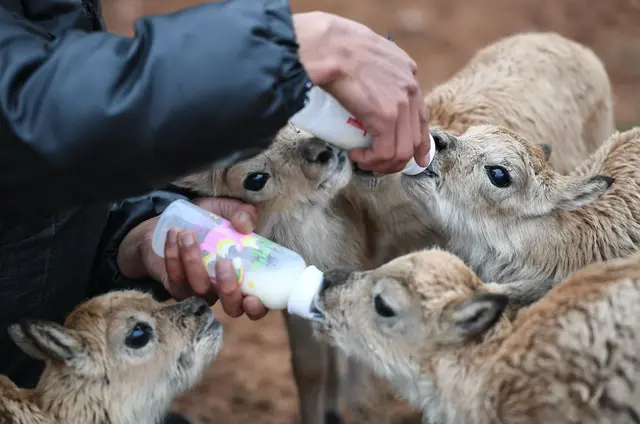A staff member feeds milk to Tibetan antelope babies at the Zonag Lake protection station in Hoh Xil, northwest China's Qinghai Province, July 7, 2020. (Xinhua/Xue Yubin)
XINING, July 13 (Xinhua) -- Patrollers have rescued 11 baby Tibetan antelopes in the Hoh Xil national nature reserve in northwest China's Qinghai Province this year, according to the Zonag Lake protection station.
Zonag Lake in Hoh Xil is known as the "delivery room" for the species. Every year, pregnant Tibetan antelopes start to migrate to Hoh Xil in May to give birth, and then migrate back to their habitats with their offspring around August.
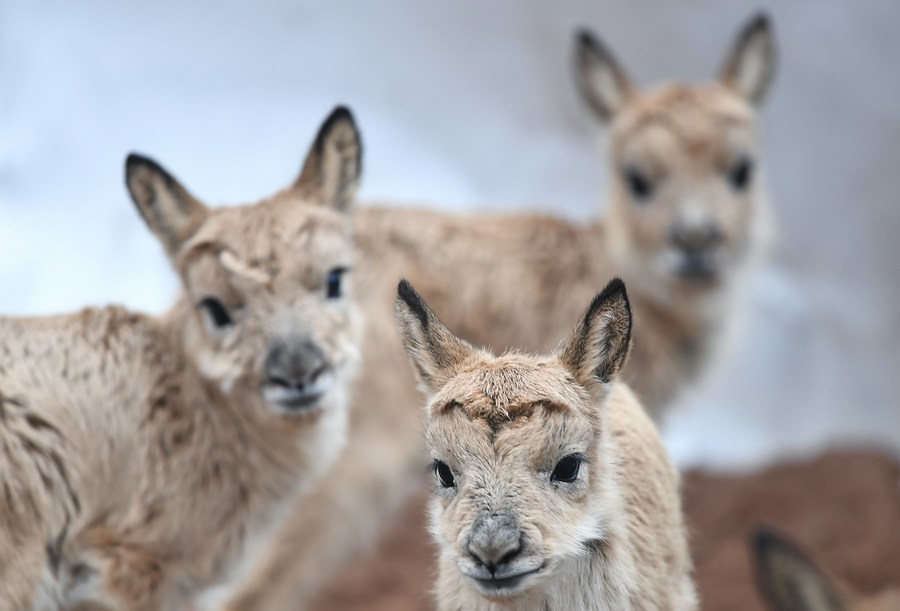
Tibetan antelope babies are seen at the Zonag Lake protection station in Hoh Xil, northwest China's Qinghai Province, July 7, 2020. (Xinhua/Xue Yubin)
"Some baby antelopes may fall behind and get separated from the herd during the migration journey," said Choephel Tashi, head of the Zonag Lake protection station.
The rescuers bottle-fed the rescued baby antelopes with milk three times a day, and each of them had its own nursing bottle.
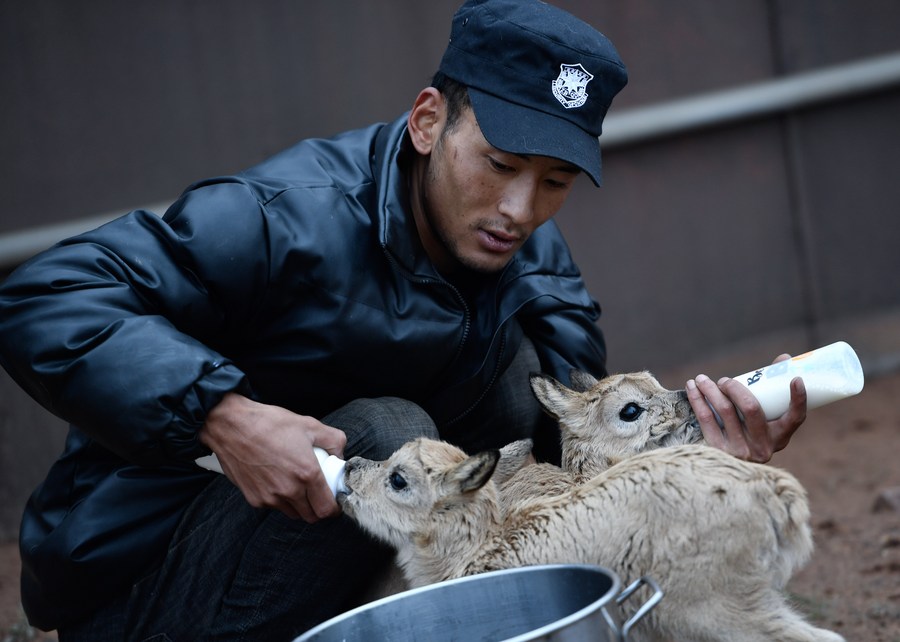
A staff member feeds milk to Tibetan antelope babies at the Zonag Lake protection station in Hoh Xil, northwest China's Qinghai Province, July 8, 2020. (Xinhua/Zhang Long)
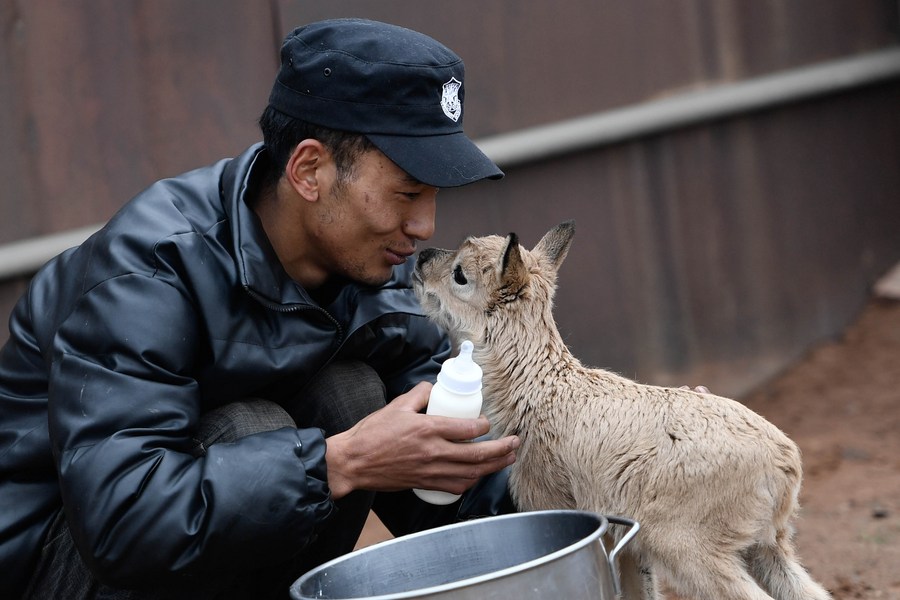
A staff member feeds milk to a Tibetan antelope baby at the Zonag Lake protection station in Hoh Xil, northwest China's Qinghai Province, July 8, 2020. (Xinhua/Zhang Long)
The station has transferred four of them to the wildlife rescue center of the Sonam Dargye protection station. The rest will be sent there soon.
Tibetan antelopes are mostly found in Tibet Autonomous Region, Qinghai Province and Xinjiang Uygur Autonomous Region. The species is under first-class state protection in China.
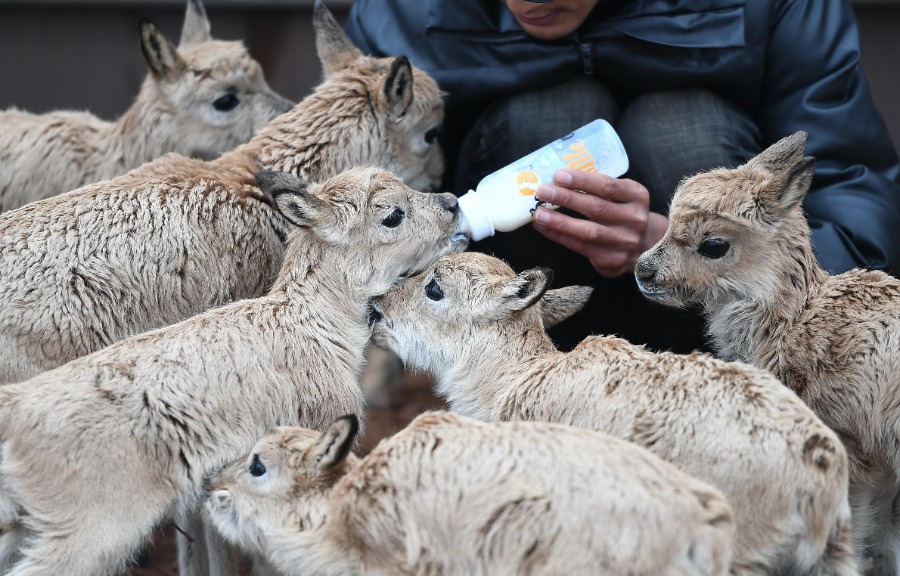
A staff member feeds milk to Tibetan antelope babies at the Zonag Lake protection station in Hoh Xil, northwest China's Qinghai Province, July 7, 2020. (Xinhua/Xue Yubin)
In the 1980s, the Tibetan antelope population declined sharply from 200,000 to 20,000, due to illegal hunting. It has recovered thanks to the country's great efforts to improve its habitat, and a ban on illegal hunting.
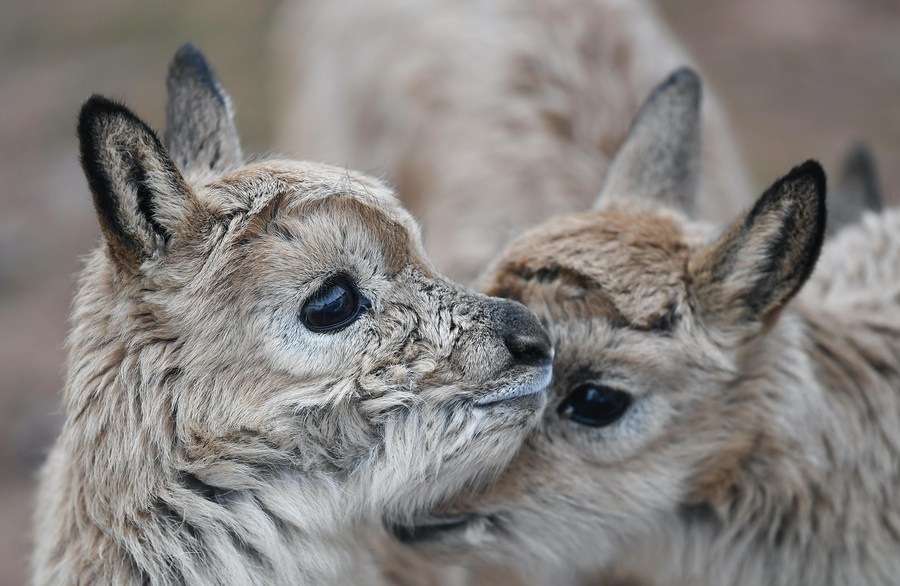
Tibetan antelope babies are seen at the Zonag Lake protection station in Hoh Xil, northwest China's Qinghai Province, July 7, 2020. (Xinhua/Xue Yubin)
In July 2017, Hoh Xil became a world heritage site, and is now home to more than 70,000 Tibetan antelopes. ■
 简体中文
简体中文

